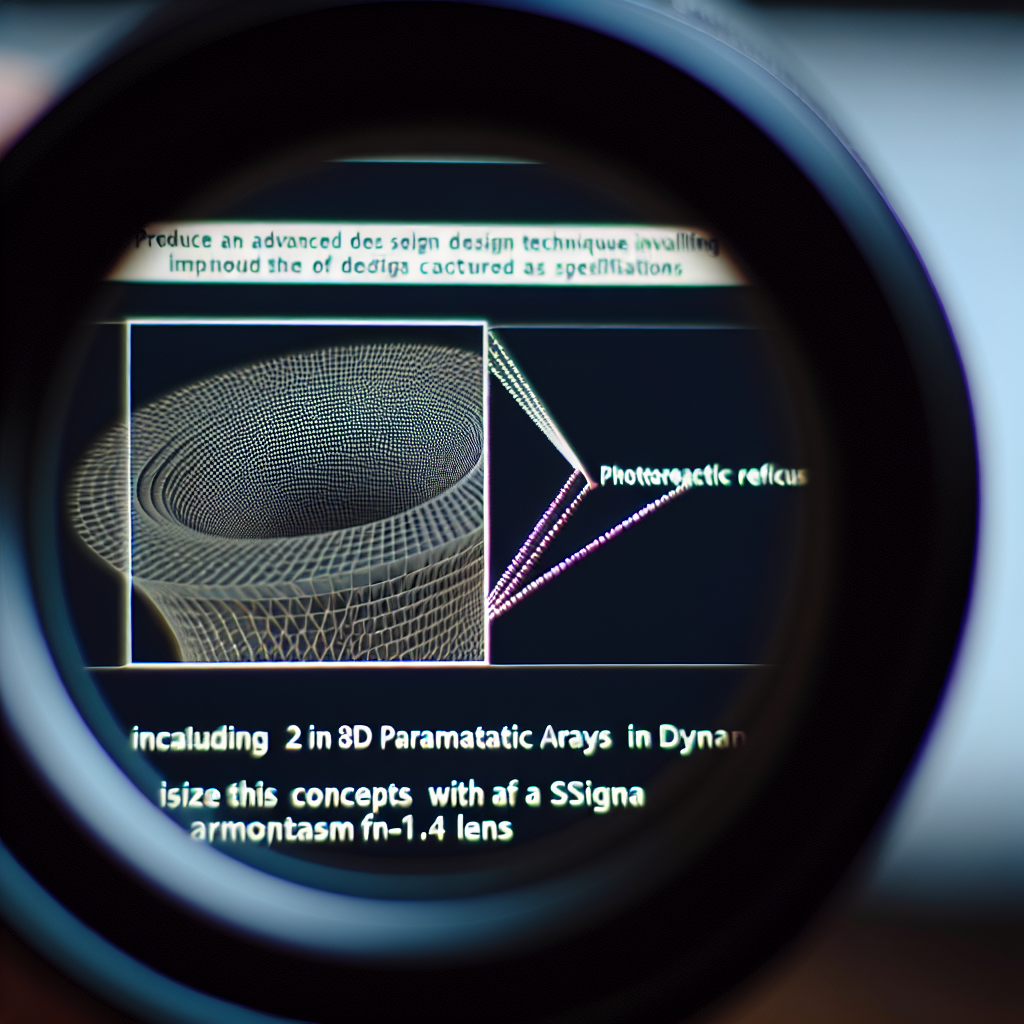The development of 2D parametric arrays in Dynamo has revolutionized architectural and structural design workflows, enabling precise, flexible, and dynamic modeling. Beyond basic implementations, advanced methods provide sophisticated tools for optimizing performance and efficiency. This article explores the 2D parametric array in Dynamo, compares other methods, and delves into cutting-edge techniques for best results.
Understanding 2D Parametric Arrays in Dynamo and Exploring Advanced Techniques
The Power of 2D Parametric Arrays in Dynamo
In Dynamo, 2D parametric arrays serve as a fundamental tool for creating complex patterns, grids, and surface distributions. They enable users to generate a matrix of elements with adjustable parameters such as spacing, size, and position. This flexibility allows for rapid iteration and customization, essential for architectural facades, structural grids, and interior layouts.
Using Dynamo’s visual programming environment, designers can set up intuitive nodes that control array dimensions, orientation, and element properties. This integration facilitates the development of highly responsive models that adapt to changing design criteria. For example, engineers can manipulate parameters to optimize sunlight penetration or load distribution across a facade.
Additionally, 2D arrays can be combined with other Dynamo tools like geometric transformations and data management, providing a comprehensive system for iterative design exploration. This capability fosters innovation and enhances the precision of design outputs.
Other Methods and Advanced Approaches
While 2D parametric arrays are powerful, several alternative and complementary methods exist to achieve similar or enhanced results in Dynamo:
- Point Grids and Custom Geometry Placement: Instead of arrays, designers can place individual points using algorithms that consider environmental factors or structural requirements, offering more control over element placement.
- Using Python Scripts: For more complex or computationally intensive tasks, Python scripting provides greater flexibility, allowing for custom logic that surpasses standard node-based arrays.
- Adaptive and Dynamic Arrays: Advanced methods incorporate feedback loops, where array parameters respond dynamically to model changes, enabling adaptive design solutions.
These approaches often involve sophisticated algorithms that optimize layout patterns or structural performance by considering multiple variables simultaneously. For instance, implementing genetic algorithms or generative design techniques can lead to innovative configurations that are difficult to achieve with simple arrays alone.
Moreover, integrating Dynamo with other software through APIs or Dynamo Player enables exporting data to specialized analysis tools, further enhancing the ability to develop truly advanced parametric systems.
Conclusion
In summary, 2D parametric arrays in Dynamo form a cornerstone for creating flexible, efficient design models. While straightforward arrays serve many purposes, exploring other methods like scripting and adaptive algorithms unlocks new levels of complexity and optimization. By combining these techniques, designers can push the boundaries of parametric design, resulting in innovative, high-performance structures and spaces.
